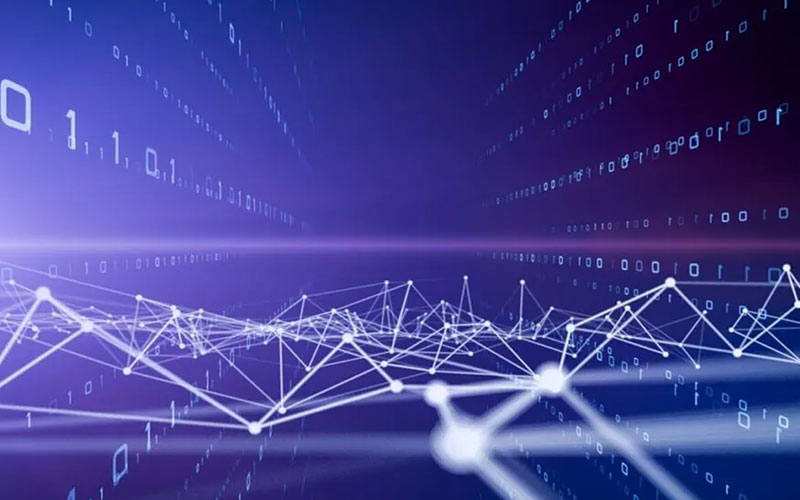Organizations face fast-evolving risks that demand more than just awareness—they require role-based capability. From cyber threats to misinformation campaigns, the ability to identify, respond, and recover from incidents depends on how well-prepared teams are in their specific roles.
Traditionally, training on these risks is broad and generic—focusing on high-level awareness rather than the actions different teams need to take in a crisis. But risks don’t impact organizations in a uniform way. An attack that disrupts customer trust will require a different response from customer service than it does from security operations, technology teams, or executives.
Rather than delivering a one-size-fits-all training, Microsimulations allow organizations to tailor scenarios to different stakeholders—ensuring each team gets hands-on experience in the specific decisions they’ll need to make.
How Does It Work?
Take a single risk—a deepfake attack. While the core threat remains the same, its impact on different functions varies. By adjusting the focus, tasks, and decision points in a Microsimulation, we can make the training far more relevant, engaging, and actionable for each group.
Here’s how one deepfake Microsimulation can be personalized across six key stakeholder groups.
Core Threat: How Do We Respond to a Deepfake Attack?
A deepfake video surfaces online, falsely portraying an executive, employee, or customer. The video spreads rapidly, sparking public confusion, reputational damage, and operational disruption.
Each stakeholder group plays a role in identifying, containing, and responding to the attack. Here’s how their training experience can be shaped to match their responsibilities.
1. Customer Service – Deepfake Disputes
Scenario Focus
A wave of customers calls in after seeing a deepfake video of your CEO making false claims about policies. Your customer service team must manage inquiries while escalating the issue.
Key Tasks
- Identify suspicious calls or complaints linked to the deepfake
- Follow escalation procedures for misinformation incidents
- Take a call with a concerned customer
After-Action Analysis
- How do we differentiate between genuine customer concerns and coordinated attacks?
- What escalation pathways exist for misinformation complaints?
- How could our customer-facing response be improved?
2. Security Operations – Spot the Fake
Scenario Focus
Your security operations team detects the unusual social media video gaining traction. They must determine if it’s a deepfake and take immediate action.
Key Tasks
- Use forensic techniques to verify video authenticity
- Coordinate with IT and communications teams for rapid response
- Initiate internal investigations and risk mitigation
After-Action Analysis
- What tools do we have to detect deepfakes?
- How quickly can we escalate a suspected deepfake?
- What indicators would help us spot future AI-generated threats?
3. Technology – Fake Signals
Scenario Focus
The IT and technology team receives an internal alert about a potentially fake video of the CEO making fraudulent claims. They need to analyze its origin and prevent further spread.
Key Tasks
- Conduct AI-based analysis to determine video authenticity
- Monitor internal systems for compromise
- Implement rapid containment measures, such as takedown requests
After-Action Analysis
- How effective are our current detection tools?
- What gaps exist in our AI threat response strategy?
- How do we prevent similar attacks in the future?
4. Marketing & Comms – Mitigating Deepfake Damage
Scenario Focus
A deepfake video of the CEO is going viral, spreading misinformation about the company. Marketing and PR teams must control the narrative and protect brand reputation.
Key Tasks
- Craft and execute a public response strategy
- Engage with media and social platforms for takedown requests
- Communicate internally to keep stakeholders aligned
After-Action Analysis
- How quickly did we respond to the emerging crisis?
- Was our messaging effective in restoring trust?
- How can we improve coordination across departments?
5. Executives – Leading Through the Lie
Scenario Focus
Key Tasks
- Make rapid decisions on crisis strategy
- Align legal, risk, and communications teams
- Address board members, shareholders, and regulators
After-Action Analysis
- What were the biggest risks to our reputation and business continuity?
- Were our internal teams aligned in their response?
- What policies should we update based on this experience?
6. Third-Party Risk – Trust Tested
Scenario Focus
A deepfake video targeting a critical vendor falsely shows their CEO engaged in unethical behavior, putting your supply chain and partnership at risk. The vendor must act quickly to verify the video’s authenticity, issue a public response, and mitigate reputational damage while maintaining trust with key stakeholders.
Key Tasks
- Assess third-party risk exposure and impact
- Issue a communication to critical partners
- Update risk policies to account for AI-driven misinformation
After-Action Analysis
- How quickly did we engage to manage the crisis?
- What contractual or compliance measures could help prevent future issues?
- How should we adjust our third-party risk management strategy?
Personalization Matters
Even though the deepfake attack is the same across all scenarios, every team experiences the event from a unique perspective. By personalizing the training experience for each stakeholder group, organizations can:
- Ensure relevant and role-specific training that improves engagement
- Strengthen muscle memory for real-world incidents
- Improve cross-functional collaboration in crisis response
AI-driven threats like deepfakes are only getting more sophisticated. Training every team on their unique role in responding to these risks is no longer optional—it’s essential.
Ready to see how personalized Microsimulations can strengthen your organization’s critical response capability? Let’s connect.















